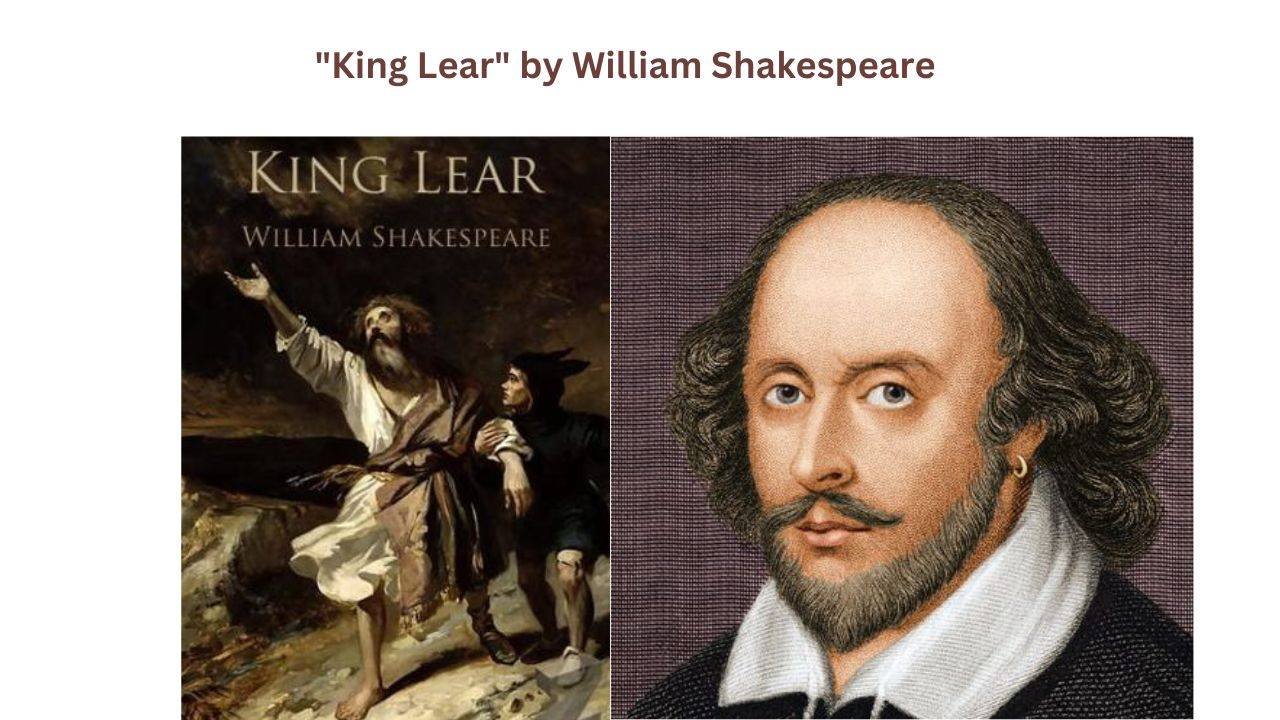With the help of our thorough “King Lear Summary,” take a voyage through the captivating story of family, treachery, and the fallout from unbridled power.
King Lear characters
“King Lear” boasts a diverse array of characters, each playing a crucial role in shaping the intricate narrative of the play.
King Lear:
The central figure, Lear, is the aging monarch who triggers a tragic sequence by deciding to divide his kingdom among his daughters. Undergoing a profound transformation, Lear descends from regal authority to madness as he grapples with betrayal and his own flawed decisions.
Goneril:
Lear’s eldest daughter, Goneril, is cunning and power-hungry. She manipulates her father to secure her share of the kingdom, revealing a ruthless and unscrupulous nature.
Regan:
The second daughter, Regan, shares Goneril’s ambition. She actively participates in the mistreatment of Lear and plays a significant role in the unfolding tragedy.
Cordelia:
Lear’s youngest and most sincere daughter, Cordelia refuses to falsely flatter her father. Her honesty leads to disinheritance, yet she remains a symbol of virtue and loyalty throughout the play.
Edmund:
The illegitimate son of Gloucester, Edmund engages in schemes to undermine his legitimate brother, Edgar, in pursuit of power. His machinations contribute to the tragic subplot.
Edgar:
The legitimate son of Gloucester, Edgar becomes the target of Edmund’s schemes. He undergoes significant hardship, including disguising himself as “Poor Tom,” a mad beggar, to survive.
Gloucester:
A loyal nobleman, Gloucester serves as a parallel to Lear. His family experiences betrayal and tragedy, mirroring the main plot’s themes.
Kent:
A loyal nobleman and advisor to Lear, Kent is banished for defending Cordelia. He continues to serve Lear in disguise, emphasizing themes of loyalty and sacrifice.
Fool:
Lear’s Fool provides comic relief while also serving as a truth-teller. Despite his jesting, the Fool imparts wisdom and commentary on the unfolding events.
In “King Lear,” each character contributes uniquely to the exploration of themes such as power, betrayal, madness, and the consequences of unchecked ambition. The interplay of their relationships adds layers of complexity to Shakespeare’s timeless tragedy.
King Lear Summary
The play “King Lear” by William Shakespeare is a compelling and tragic narrative set against a backdrop of political intrigue, familial discord, and the inevitable repercussions of pride. The storyline revolves around King Lear, who decides to divide his kingdom among his three daughters, Goneril, Regan, and Cordelia, based on their professions of love for him.
At the outset, Lear’s choice to abdicate the throne and distribute his realm among his daughters becomes a test of filial love. However, this distribution turns into a breeding ground for deception and betrayal. Goneril and Regan, the older daughters, employ false flattery to secure their shares, while Cordelia, the youngest and most sincere, refuses to engage in such deceit. Unfortunately, her honesty leads to Lear disowning her, setting the stage for tragedy.
As Lear divides his kingdom, the audience is witness to the conniving actions of those seeking power and influence. Goneril and Regan, fueled by ambition, quickly reveal their true natures. Their mistreatment of Lear and manipulation of the situation shed light on the darker aspects of human nature. The play intricately explores the complexities of familial relationships, highlighting the destructive impact of greed and the consequences of misplaced trust.
The subplot involving Gloucester and his sons, Edgar and Edmund, adds another dimension to the narrative. Edmund, the illegitimate son, orchestrates a scheme to undermine his legitimate brother, Edgar, leading to a tragic sequence of events. Themes of betrayal, rivalry, and the struggle for power permeate the play, echoing the chaos within Lear’s own family.
Central to “King Lear” is the theme of madness. Lear’s descent into madness, triggered by the realization of his own mistakes and the betrayal of his daughters, serves as a poignant exploration of the human psyche. The renowned storm scene, where Lear vents his rage against the elements, symbolizes the inner turmoil within him and the tumultuous state of the kingdom.
Cordelia, though initially disowned, remains a paragon of virtue and loyalty. Her eventual reunion with Lear provides a moment of reconciliation, but the forces of tragedy continue to unfold. The play builds towards a devastating climax, with Lear’s tragic epiphany of his folly and the fates of the main characters sealed in a web of tragedy.
Shakespeare intricately weaves complex plots and subplots, crafting a tapestry of human emotions and moral quandaries. The language employed in “King Lear” is both rich and poetic, contributing to the enduring allure of the play. The complexity of the characters, their flaws, and their tragic destinies collectively make “King Lear” a profound exploration of the human condition.
In summary, “King Lear” is a profound and timeless masterpiece that probes into the intricacies of power, betrayal, and the repercussions of flawed judgment. Its enduring significance lies in its examination of human nature, familial relationships, and the destructive forces unleashed by unbridled ambition. As Lear’s kingdom crumbles and the characters grapple with the consequences of their actions, Shakespeare prompts readers to reflect on the timeless themes resonating across generations. “King Lear” serves as a testament to the Bard’s unparalleled ability to capture the essence of the human experience in all its tragic beauty.
Read Also : Macbeth Summary Detailed
